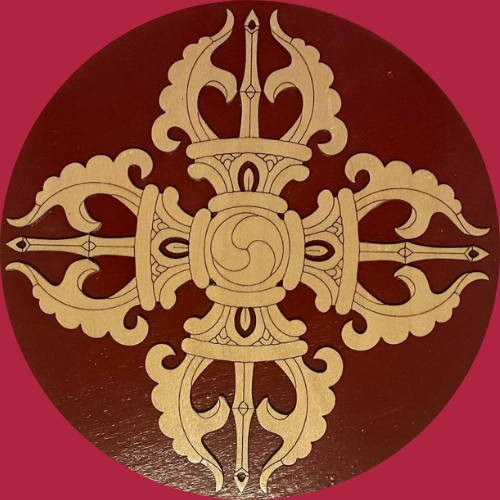Sindhudurg
Samudra Gaman/ Sea Voyage was banned in scriptures, construction in an island represents revolutionary mindset of Marathas.
Hiroji Indalkar Deshmukh, an architect constructed Sindhudurg, though he built several forts, Sindhudurg & Raigad are among them, completed in 1664. Raje Shivaji selected a strategic island, ‘Kurte’ for countering foreign forces, & to keep Siddis of Murud-Janjira in check.
Sindhudurg Fort is one of the best-preserved forts of the Marathas, it has zigzag rampart with 42 bastions. Apart from the huge stones, the building material involved 2000 khandis (72,576 kg) of iron in order to erect the massive curtain wall and bastions. A notable feature is that the foundation stones were laid down firmly with 5 khandis (181.5 kg) of molten lead.
Creation of Sindhudurg
Over 4000 mounds of iron were used in the casting and foundation. Construction began on 25 November 1664 and was completed over a period of three years (1664–67). The sea fort is spread over 48 acres (190,000 m2) with a two-mile (3 km) long rampart, and walls that are 30 feet (9.1 m) high and 12 feet (3.7 m) wide. The massive walls were designed to serve as a deterrent to approaching enemies and waves of the Arabian Sea. The main entrance is concealed in such a way that no one can pinpoint it from outside.
Residents of Sindhudurg
The number of permanent residents staying in the fort has been in decline since the fort’s abandonment. Most of the residents moved out because of inadequate opportunities, but over 15 families still remain in the fort. The original killedars still resides in one of the 16 houses in the fort.
Underwater Discoveries
Dr Sarang Kulkarni’s underwater discoveries have led to the establishment of the Indian sub-continent’s only well-established scuba-diving industry. Sindhudurg fort is a popular summer destination for Indian and foreign tourists. Tourist can opt for the island tour, go on scuba-diving or snorkeling in the coral reef.
